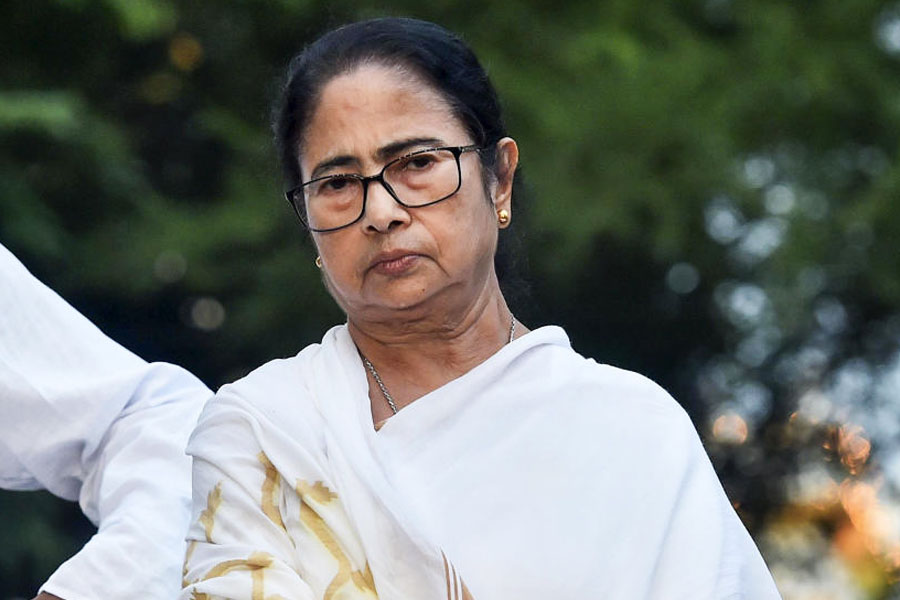 |
| Fashionable: Freida Pinto |
Is Freida the new Shilpa?
What do I know about these things but I happen to think that Freida Pinto looks prettiest in a yellow dupatta, as “Latika” in Slumdog Millionaire. But as I predicted when I met Freida at the elegant Soho Hotel in London in early December, “if the film gets an Oscar (nomination) — and the omens are propitious — I will be lucky to get five minutes”.
Forget five minutes. I will now be lucky to get five minutes with the secretary to her secretary. On the Bafta red carpet, Freida, in her pink Oscar De La Renta gown and Jimmy Choo shoes, was being monopolised by the big TV networks, which is only fair, since she has become the glamorous face of Slumdog Millionaire. Danny boy certainly picked well.
The 24-year-old Bombay belle is now receiving the kind of adoring coverage that was once reserved for Shilpa Shetty. The day after Bafta, Freida turned up in Chanel for the Elle Style Awards, where she was named “Best Actress”.
Describing her as “sexy, spirited and stylish”, Elle, which has 39 editions worldwide, readers with the average age of 27 and a monthly UK circulation of 203,471, said in a statement: “Frieda Pinto was the readers’ favourite for the Actress of the Year Award because in her first major film role, her beauty and natural style add an essential element to what has become a global movie sensation — the Golden Globe and Bafta winning Slumdog Millionaire. As part of a brilliant cast she makes a huge impact in the role of Latika and with the readers of Elle UK alike.”
Although not actually nominated for an Oscar, I am sure Freida will look lovely on the red carpet next Sunday in LA even if she chooses not to wear a yellow dupatta. As she reaches for her chand ka tukra, it will be one small step for our Latika, one giant leap for India.
 |
| place in the sun: Julia Gregson |
Romance Raj
Here is some useful intelligence for would-be novelists in India wanting to make it big in Britain. Here, the appetite for romantic fiction, especially set in pre-independence India, remains undiminished. Hence, in stories located in the time of the Raj, it’s a good idea to throw in lots of sympathetically-drawn British characters.
“People love reading about India,” I am told by Julia Gregson, whose East of the Sun (Orion Books; £7.99), a story that begins with “three naïve, young Englishwomen on board the Kaiser-i-Hind en route to Bombay in 1928”, was last week chosen out of 156 submissions as “Romantic Novel of the Year”.
The award is given by the Romantic Novelists’ Association whose press officer, Elizabeth Bailey, herself the author of numerous historical novels, reveals: “Out of all books sold in the UK, 22 per cent falls into the category of romantic fiction and is worth £118 million a year.”
About East of the Sun, the judges concluded: “The last days of the British Raj in India, at a pivotal moment of its history during the ascendancy of Gandhi, were brilliantly evoked in the author’s skilled hands.”
Julia acknowledges that by today’s moral standards, her heroines might appear somewhat “politically incorrect”. It is also probably the case that the core readership for romantic novels such as hers likes to read not so much about India as the British in India.
Julia, who lives on a farm in Monmouthshire, Wales, says: “In East of the Sun, I was determined not to make the three young English women the usual caricatures of the Memsahib — gin swilling, narrow-minded snobs. Some deserved our contempt; most didn’t.”
 |
 |
Style guru
When there was a reference to Connaught Circus on BBC World Service, with reference to an exhibition at the Royal Academy on the architecture of the Italian, Andrea Palladio, I perked up. This is because only a few days ago I picked up an auto-rickshaw from Rajiv Chowk, as the Delhi landmark is now called.
With its elegant columns and equally spaced windows, it is easy to see why the style of Connaught Circus should be described as “neo-Palladian”.
The comparison encouraged me to spend an hour looking at the models, paintings, books and numerous sketches collected for the exhibition, Andrea Palladio: His Life and Legacy, which runs until April 13. Born in Padua in Italy in 1508, Andrea Di Pietro Della Gondola began as a stone mason but acquired the pseudonym, “Palladio”, as he rose to become the most influential architect of his time. He died in 1580, bequeathing a rich legacy of buildings, notably in Venice and Vicenza, a design manual with sketches and an architectural language (“eternal contemporary”) that was to spread across Europe, America and many other parts of the world. Palladio recognised that expensive materials were not required to create beauty. From Palladianism over 500 years grew “neo-Palladianism”.
We could certainly do with a modern day Indian Palladio to oversee the restoration of Calcutta, to my mind still one of the most beautiful cities in the world.
 |
Road map
It should surely prick the collective Indian conscience that Dubai-bound M.F. Husain feels it is still not safe for him to return to his native Mumbai.
He happened to be in London on November 26 last year and his response, a painting called Rape of India, is included in a remarkable exhibition, Indian Highway, at the Serpentine Gallery in Hyde Park. “The exhibition is a snapshot of contemporary Indian art with artists ranging from their twenties, such as Nikhil Chopra, through to over nineties — M.F. Husain,” says Julia Peyton-Jones, the Serpentine’s director who was in Mumbai three weeks before the attack.
The outside façade of the gallery has been festooned with Husain’s brightly-coloured paintings which glow amid the dark of the trees. Hans Ulrich Obrist, the Serpentine’s co-director, offers his unusual perspective: “I saw them from an airplane the other day. It has an incredible visual impact. In some ways he is the Picasso of India.”
“The work of many of the artists in the exhibition is political,” he comments. “India has an amazing density of contemporary and amazingly visionary artists.”
My favourite is Subodh Gupta’s witty installation replicating an old style office in India, complete with dusty files, battered manual typewriters and rickety furniture chained together to prevent theft. And Dayanita Singh’s panoramic photograph of a city lit at night, Dream Villa, looks like a crucified Christ rising in the dark. When Indian Highway, sponsored by Bloomberg, finishes in London next Sunday, it will move for the summer to Oslo where the Astrup Fearnley Museum has collaborated with the Serpentine to curate the exhibition. Gathering more Indian artists along the way, Indian Highway will tour Rome, Warsaw, Prague, Arhus in Denmark and Budapest, finishing “last but not least” in Delhi.
“We get 4,000 people at the weekend,” Julia tells me. “The show has had a good reception among the Indian artistic community.”
Tittle tattle
Michelle Obama has received (favourable) global publicity because America’s new First Lady, photographed by Annie Leibovitz, has made it into the March issue of Vogue. It will be recalled that this was an “honour” that Sonia Gandhi chose to turn down in 2005.










